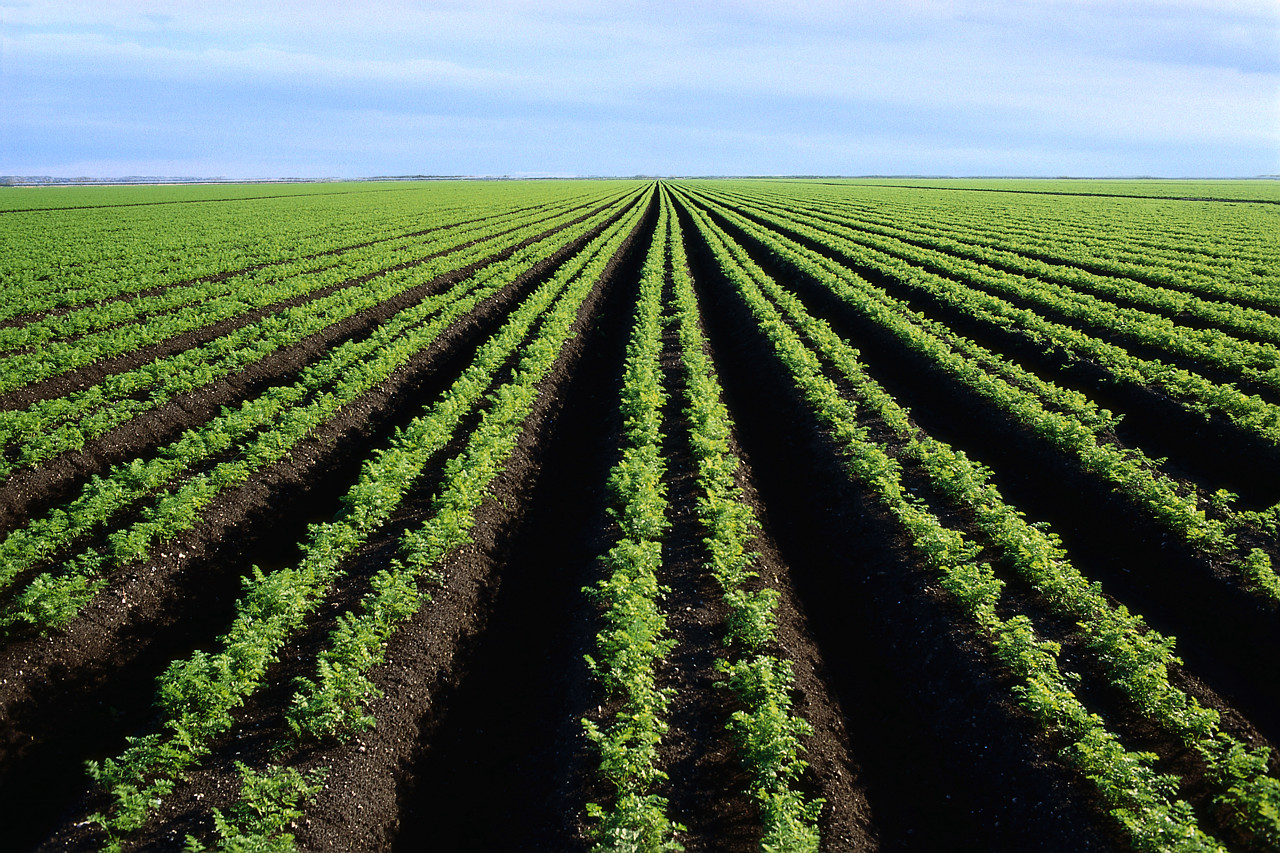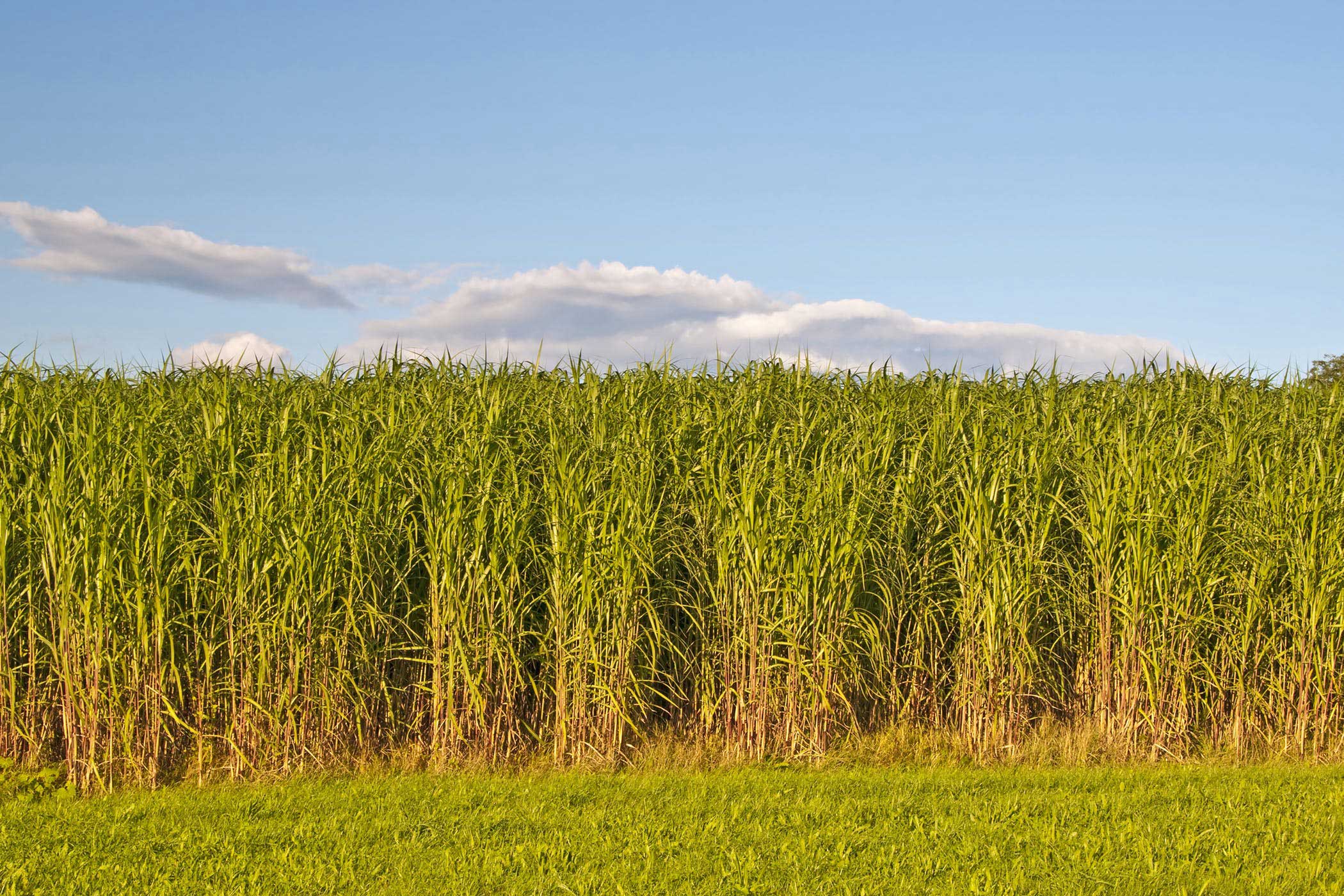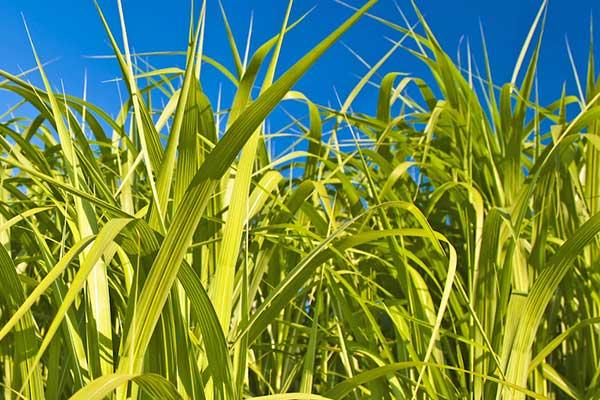
Indicators
Bioenergy Sustainability Indicators
An indicator is defined as a summary measure that provides information on the state of, or change in, the system that is being measured. An example of an indicator is, net primary productivity per unit area and time (gC/M2-year). Indicators provide information about the potential or realized effects of human activities on environmental, social, or economic phenomena of concern. Published analyses that offer useful recommendations for bioenergy indicators are summarized in the Indicator Checklist.
Criteria for selecting indicators:
Selection and prioritization of indicators for assessing the environmental or socioeconomic effects of a specific bioenergy system depend on many factors. Fewer, more, or different indicators may be required, depending on local context (Dale et al. 2015; Efroymson et al. 2013).
To be effective, indicators must be: Practical, Sensitive and responsive to stresses; Unambiguous with respect to what is measured, how measurements are made, and how response is measured; Anticipatory of impending changes; and Sufficient when considered collectively to reflect issues prioritized by stakeholders. Interest in understanding sustainability of bioenergy systems must be balanced by support for collecting and analyzing the data that are needed to quantify it. (Dale et al. 2013).
Limitations of indicators:
Indicators can be misinterpreted unless they are transparently and consistently applied. While human endeavors will never be indefinitely sustainable, one option can be considered more sustainable than another based on a set of criteria and indicators in a defined context (e.g., ASTM 3066a 2016; Dale et al. 2015). Caution is recommended with approaches that involve sustainability indices, or measures that combine and average the values from multiple indicators as these can mask important trade-offs that are valuable for decision making (Dale et al. 2013). See the Bioenergy Sustainability Trade-offs Assessment Resource (BioSTAR) for more information.
Management statistics, such as number of producers adopting better nitrogen application procedures, or the area under a specified type of management (e.g., no-till agriculture), can be useful and are easier to measure but require validation by objective indicators to verify the degree to which intended results are being achieved by the adoption of the practice (Eichler Inwood, 2018).
Models are useful for estimating effects and making projections but to draw conclusions, simulations require calibration and validation based on observations. Objectively verifiable indicators and transparent analyses to allocate attribution among potential causal agents, are essential ingredients for science-based assessments (Efroymson et al. 2013, 2015). Thus, while indicators such as changes in carbon stocks or biodiversity are valid and important, “land-use change” that relies on simplified model constructs, may be misleading (Kline et al. 2011).

Indicator Checklist
The Indicator Checklist provides published analyses that offer useful recommendations for bioenergy indicators. View categories of environmental, social and economic indicators for assessing bioenergy production.
Indicators related to management practices cut across the themes.

Biomass Standards
Bioenergy sustainability standards are developed to provide a basis for assessing the degree to which specific production systems or products comply with defined criteria.
Several international standards exist and can be viewed on the Biomass Standards page.

BioSTAR
The Bioenergy Sustainability Tradeoffs Assessment Resource (BioSTAR) tool is being developed by Oak Ridge National Laboratory (ORNL) with the support of the US Department of Energy’s BioEnergy Technologies Office (DOE BETO). BioSTAR is designed to help stakeholders quantify and visualize the potential sustainability benefits and tradeoffs of cellulosic biomass production systems.
Notes This research was supported by the U.S. Department of Energy (DOE) under the Bioenergy Technologies Office, award number EE0007088. Oak Ridge National Laboratory is managed by the UT-Battelle, LLC, for DOE under contract DE-AC05-00OR22725. The views and opinions of the authors expressed herein do not necessarily state or reflect those of the United States Government or any agency thereof. Neither the United States Government nor any agency thereof, nor any of their employees, makes any warranty, expressed or implied, or assumes any legal liability or responsibility for the accuracy, completeness, or usefulness of any information, apparatus, product, or process disclosed, or represents that its use would not infringe privately owned rights.
 View Indicator Checklist
View Indicator Checklist








